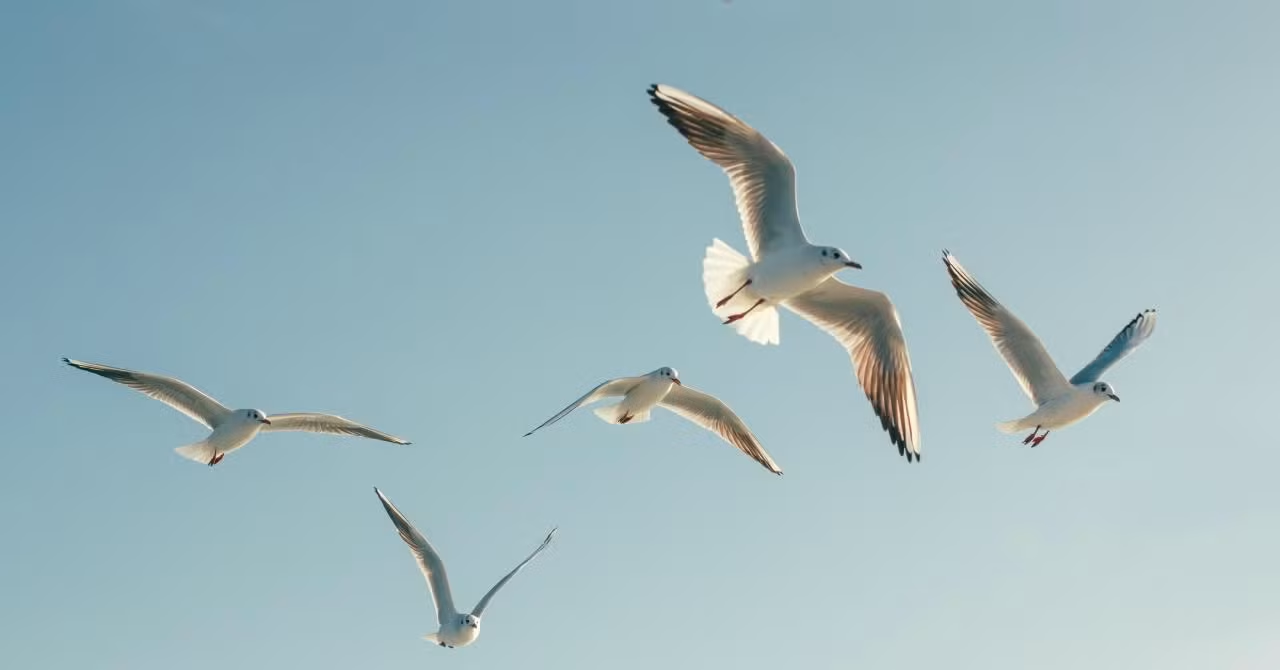I attended the How to Publish a Pro-Animal Op-Ed talk by Jessica Scott-Reid yesterday, which was very informative.
To those of you who are interested in the topic - here are the session highlights, to the best of my note-taking ability. They will also have a recording up in a few days, which I'll add to this post.
- “Write what you know” / unique POV:
- In your pitch, convince the editor you are the one person that can tell this story
- Even if you’re not a domain expert
- Example: when Jessica volunteered for an animal shelter, she leverages that “insider” POV to pitch her story
- Opinion pieces usually come off headline news
- If it’s not in the news / social media – it’s harder to write about it
- Keep on top of that via Google alerts – with relevant keywords
- E.g. “vegan” / “animals” + your city/region
- Local papers are the easiest to get into. Then you can work up to national.
- How to pitch
- Starting point: a headline
- Look for the opinion editor of that paper
- If their email address isn’t public, “hack it” – find emails of other staff members (mostly PR) for the email pattern
- Draft the pitch:
- Introduce yourself + what you do
- Include links to pieces you’ve published before
- “I’m interested in contributing an opinion column regarding” + whatever headline you’re referring to + link to that headline
- A paragraph describing your position and why
- Keep it short
- Jessica’s tip: don’t use “I think”. It’s implied.
- Give a draft deadline
- Jessica ends with “thoughts?” – though she warns it’s cheeky 😉
- Sign off (+credentials)
- If editors are interested – will probably get back to you immediately
- You can follow up within 24 hours if didn’t reply.
- “You’re not going to annoy anyone, that’s their job”
- You can follow up within 24 hours if didn’t reply.
- Sign a contract. Discuss a fee! Make sure you’re getting paid.
- Fees range wildly. Mostly between $150 to $1/word for a 900 words piece.
- Median is $300
- Op-ed structure:
- Opinion pieces are often written as speeches
- A bit of narrative/story at the start is good. Makes it easier to read.
- Example: a piece about a ban on shark fins – the first paragraph describes a shark’s (sad) encounter with a fishing boat
- Describing from the animal’s POV is especially impactful
- 2nd paragraph: “news hook”.
- Around the 3rd paragraph – “make your case known”. Your thesis.
- “This is known/unacceptable/wrong”. Make a value judgement.
- Then: move into the “because”.
- That can vary a lot depending on the publication.
- Some don’t really care about other sources and voices. Some do.
- The main source should be where we got the headline
- Comment sections can also be helpful
- We want other voices to confirm our position
- Warning about working with animal advocacy groups:
- “Most can be trusted, some cannot”. Some manipulate facts.
- Always cross-reference, question their methods, confirm locations of where they say things happened. Always get a second confirmation.
- Fact-check ourselves. The editors won’t.
- When we do – include links in our texts, to the most credible sources for those facts.
- The paper may not include the links, but it’s important as evidence to the editor. Otherwise, they might get back to us asking for it.
- Tone and language
- Have some freedom since it’s an op-ed
- “We can be passionate, but not sensational”. Find the sweet spot.
- Can use more adjectives, emphasis. But don’t exaggerate and don’t misrepresent.
- We’re writing about animal mistreatment – “often, the facts are shocking enough”; “there’s no need for hyperbole, it’s already there”.
- The editing process
- Be open, don’t take it personal – BUT – don’t sacrifice your message and your voice.
- Some extra tips:
- Better to pitch first, before writing the whole piece. We want to know about word count, and we want to (maybe) get guidance form the editor about what they want to see.
- If the topic cannot be tied to current headlines:
- Based off social media events
- If the media hasn’t picked it up – it can also be presented as an exclusive
- If no current event in that topic - have something ready and waiting for the next time such a headline shows up
- Based off social media events
- Letters to the editor are important. Even if they don’t get published – it shows the editors people care about that topic, so they’re more likely to publish an op-ed that comes in.
- Don’t pitch to different publications at the same time. Space it out 24-48 hours. Otherwise, you might get a “yes” from more than one and have to say no, you don’t want that.
- If you aren’t known yet – teaming up with co-workers that are more known is a good strategy
- Tips for pitching to wider publications:
- Making sure it’s timely, connected to something from that publication or at least a broad topic that was in the news – something that was of national importance
- Emphasizing the insider POV, the one person that can talk about it more than anyone else
- Paying extra attention to how animal-related topics were published in that publication in the past, then apply those patterns in our own pitches
Jessica is happy to answer questions; can be reached at jessica@sentientmedia.org.




